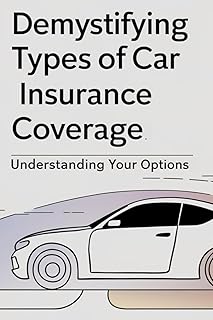Car “health” insurance does not exist because insurance is primarily meant to cover unexpected accidents rather than routine maintenance. If insurance were to cover regular car checkups, it would likely increase the already rising cost of auto insurance, experts suggest.
David Marlett, a risk management professor, explains that insurance companies are reluctant to handle small losses due to additional expenses like labor and documentation, which could surpass the claim costs. There is also concern about adverse selection, where those purchasing coverage are more likely to encounter maintenance issues, leading to higher risks for insurers.
Etti Baranoff, an insurance professor, points out the concept of moral hazard, where individuals might become less cautious about car upkeep if they know insurance will cover it. This behavior could potentially strain insurance companies and increase the likelihood of bankruptcy.
To mitigate costs, car owners have alternative options such as warranties from manufacturers or third-party providers for repair coverage within a specific timeframe. Car repair insurance is also available for essential component failures, though it typically excludes regular maintenance or neglect-related repairs.
Unlike health insurance, which includes preventative services, car insurance traditionally focuses on unexpected events rather than routine upkeep. Health economist Paul Shafer emphasizes the importance of comprehensive health insurance due to the high costs of healthcare, making preventative services crucial for cost-effective care.
Shafer notes that people tend to avoid medical care when costs are barriers, underscoring the significance of providing free or low-cost preventive services to encourage regular checkups and screenings. Without insurance, basic medical visits and procedures can incur substantial expenses, leading to potential avoidance of necessary care.
In conclusion, while car “health” insurance isn’t a standard offering, the rising costs of auto insurance and the complexities of including routine maintenance in coverage pose challenges for insurers and policyholders alike. As consumers navigate insurance options, understanding the nuances between coverage types can help make informed decisions about protecting their assets and managing risks effectively.
📰 Related Articles
- Trump’s Tariff Tactics Shake Global Economy, Experts Warn of Turmoil
- Lipstick Safety: Experts Warn of Hormone Disruption Risks
- Innovative 2-in-1 Saddle Pad Simplifies Equestrian Maintenance Routine
- Industry Experts Explain Weekend Coffee Surcharges Amid Rising Costs
- Geopolitical Tensions Drive Surge in Maritime Insurance Costs






